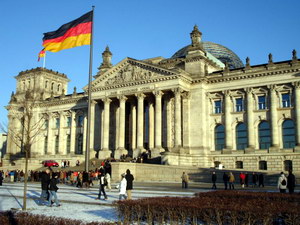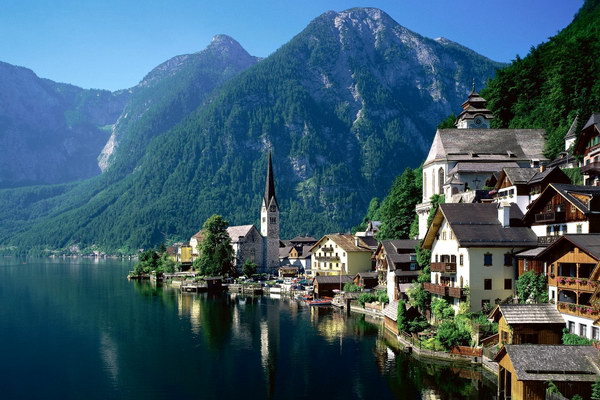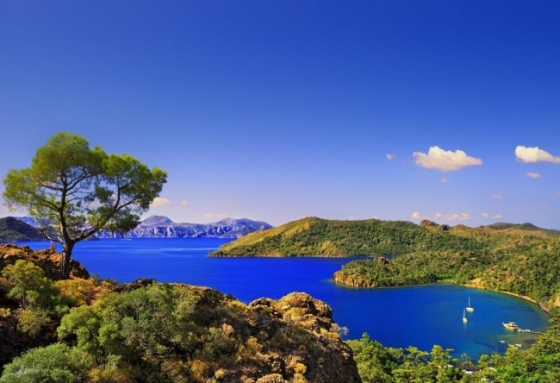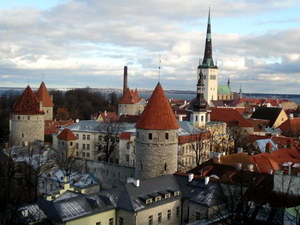Croatia. From dawn to dusk
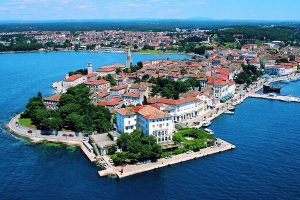 Despite some severity in appearance, the Croats are friendly; but most of all they love themselves and their Croatia. At every holiday there is an abundance of national flags and only Croatian songs. “We’ve thrown into some kind of wedding ñ we’ve got 30 cars in front of us and cannot overtake them,” my comrade calls me, whom I look forward to at the intersection. “You’re late, so at least you don’t compose,” I scold him in my hearts and start to count with amazement the buzzing cars that appeared on the road: 20, 30, 40, 50! Fifty cars and from all the windows of the youth waving white-blue-red flags. Every feast here turns into a friendly chant, and everyone sings surprisingly well and knows the words to the end, not just the first couplets. “When they see me with a microphone, they immediately wait for me to sing,” the director of the Croatian tourist community Niko Bulic once said at an international reception. And so as not to disappoint those present, he sang, and only then began an official speech.
Despite some severity in appearance, the Croats are friendly; but most of all they love themselves and their Croatia. At every holiday there is an abundance of national flags and only Croatian songs. “We’ve thrown into some kind of wedding ñ we’ve got 30 cars in front of us and cannot overtake them,” my comrade calls me, whom I look forward to at the intersection. “You’re late, so at least you don’t compose,” I scold him in my hearts and start to count with amazement the buzzing cars that appeared on the road: 20, 30, 40, 50! Fifty cars and from all the windows of the youth waving white-blue-red flags. Every feast here turns into a friendly chant, and everyone sings surprisingly well and knows the words to the end, not just the first couplets. “When they see me with a microphone, they immediately wait for me to sing,” the director of the Croatian tourist community Niko Bulic once said at an international reception. And so as not to disappoint those present, he sang, and only then began an official speech.
Both at parties and in work among the Croats there is no pathos: everyone here is democratically and practically everyone is equal. “Good-bye!”, Yelka Tepsic, the director of the tourist office of Dubrovnik, said good-bye after the party, got off the bus and got off on a cruise boat, where she sailed home. And where is the service Mercedes? The Croats are very democratic: maybe because they live among Europeans, and maybe because there are only five million of them and they don’t need to be measured by statuses. Most Croats – men and women – are above average height. Therefore, sometimes on the street you feel among the passers-by, as if you were in the company of basketball players. Tall and dark-haired, Croats are similar to Ukrainians, Turks, and Italians at the same time. And not by chance. 1100 years ago, the ancestors of the current Croats lived in our Carpathians, and then, driven out by the Eastern tribes, gradually moved to the Adriatic Sea. Now we understand what we were doing right.
They spent another 400 years as part of the Republic of Venice, and then the Ottoman Empire prevailed in these parts – hence, black, as pitch, hair. When you come to Croatia for the first time, you catch what they say in a very familiar language: it seems that you will understand almost everything. Indeed, according to philologists, Croatian is the closest to Ukrainian; closer than Russian or Polish. “We pray” – please, “praise” – thanks, “gazda” – the owner, “vlasnik” – the owner. And hundreds of similar words. And it is very important for Ukrainian tourists – the language barrier is completely absent (after all, usually the knowledge of foreign languages of our fellow citizens is assessed as “I read with a dictionary”).
My Moscow colleague was indignant that he was bored on the third day of his stay in Croatia: no bowling, no striptease. “Even money has nothing to spend,” he complained. The Croat accepting us literally boiled: “Look at the nature, forests, mountains, sea! Yes, the water in the sea is such that you can drink it! Where will you see this in your gassed Moscow?! ”Drinking seawater, of course, is not worth it, but the fact that it is unusually clean is true. From the local sea water, even the drug is made – “Aquamaris” – for washing the nasopharynx. And it costs us dearly. And the sea is completely free. Both literally and figuratively. In Croatia, there are no private beaches, both local and tourists have access to the coastline. And the Adriatic Sea off the coast of Croatia is considered the most transparent in the Mediterranean basin – almost 50 meters. (Water transparency is determined by the depth of disappearance from the flat disc of white color. It is lowered to such a depth that it completely disappears from view, this depth is considered an indicator transparency.) The reason for the extraordinary transparency of Croatian waters is in the practical absence of sandy and silty shores. Everywhere only rocks and pebbles. So if you expect to soak up on the Croatian sand – then you need to look good.
From year to year, Croatian sea beaches get Blue Flags for the purity of the water. This contributes to modern utilities – wastewater does not fall into the coastal zone. There is another attractive feature of the Adriatic Sea – islands live there. Croatia is an island country: it has 1244 islands and islets. And only 50 of this thousand are inhabited by people. The largest are Krk, Hvar, Brac, Dugi Otok, Pag, Cres, Rab, Korcula. Life on these scraps of land is no different from the mainland. Here, just renting a car or a scooter and leaving from point A, you will certainly return to this point – the island is all the same. All the islands and land are connected by a well-developed ferry service called Jadrolinija. (Adriatic line – “Jadran Sea” – Adriatic Sea). For a day, 36 ferries and 8 high-speed catamarans ply the sea. For example, a ferry from the city of Split to the island of Hvar (45–50 km) will cost 53 euros for a passenger car and 15 euros per person (if you wish to sit on the deck). Accommodation in a cabin will cost from 29 to 87 euros.

